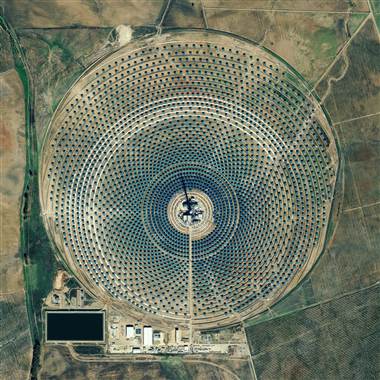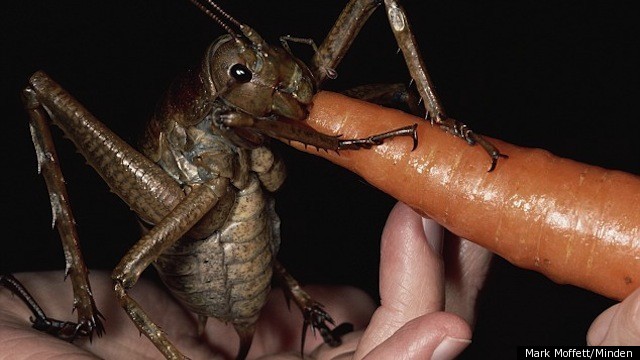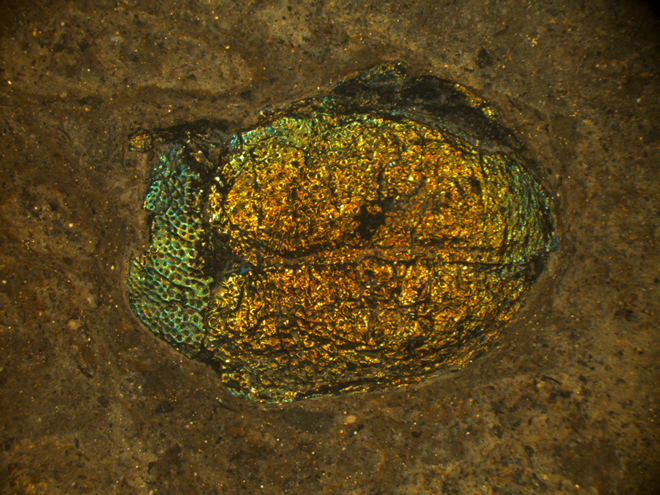This is a really cool development in image processing: an algorithm that corrects underwater pictures so they’re rendered accurately, as if taken without water.
science
Nikon’s Small World
cool, photography, scienceEvery year, the Nikon Small World competition yields fantastic images from the microscopic universe. This year is no exception, look for yourself!
Leaded Gasoline Linked to the Rise and Fall of Violent Crime
science, societyFor years the rate of violent crime has fallen in the United States. It’s good news, but experts have never been able to explain why crime rates spiked in the 1980s and 1990s but then dramatically dropped in the 2000s. Theories ranging from improved police techniques to the “crack epidemic” to the legalization of abortion have all been proposed by researchers, but none seem to quite fit the facts.
Now, researchers say they may have found the perfect scapegoat for violent crime: leaded gasoline.
If this is more than a simple statistical coincidence (the same kind that “links” the number of post offices with the number of alcoholics in a city for example), I can’t help but wonder what else will be uncovered.
Does being bilingual make you resistant to bullshit?
scienceDo I think differently in English and French? Absolutely. This article sheds some lights on the reasons behind the differences and their effects. Apparently, being bilingual provides a notable increase in resistance to bullshit. Fascinating.
Words in a foreign language simply don’t set off emotional resonances as they do in a native tongue because the associative links are fewer and weaker (and perhaps connected to the more cerebral classroom settings in which they were first learned)—meaning that we quite literally feel less when using a second language. We become a bit like the cool, unemotional Spock from Star Trek. Our mother tongue, on the other hand, incites us to Captain Kirk-like bouts of impulsive passion.
Read more (in English only, oh the irony) on Does Speaking in a Second Language Make You Think More, or Feel Less? | Discover Magazine
Sunflowers inspire improved solar power plant
science, techSunflowers benefit from millions of years of evolution to harvest sunlight. Scientists find out it’s 20% more efficient than the best computer models, so they do the next logical thing: apply the design to a solar plant.
The well-tuned geometry of the florets on the face of the sunflower head has inspired an improved layout for mirrors used to concentrate sunlight and generate electricity, according to new research.
The sunflower-inspired layout could reduce the footprint of concentrating solar power (CSP) plants by about 20 percent, which could be a boon for a technology that’s limited, in part, by its massive land requirements.
“It is very scary that we did all the [numerical optimization] work and then we go back to nature,” Mitsos said.
This is the world’s largest insect
scienceThis is the world’s largest insect.
The giant weta is a cricket-like creature with a wingspan of close to seven inches. The one in the picture (full image below), isn’t just the largest weta, it’s the world’s largest insect ever photographed.
Renowned entomologist Mark Moffett found the amazing bug after two days of searching New Zealand’s Little Barrier Island. The species was previously found on the New Zealand mainland, but had been virtually annihilated by rats introduced by Europeans.
Billion Tonne Comet May Have Missed Earth By A Few Hundred Kilometres in 1883 [updated]
links, science, this can't end wellIf the data is correct, we got very, very close (between 600 and 8000km) to a mass extinction event just over a hundred years ago.
On 12th and 13th August 1883, an astronomer at a small observatory in Zacatecas in Mexico made an extraordinary observation. José Bonilla counted some 450 objects, each surrounded by a kind of mist, passing across the face of the Sun.
…
Each fragment was at least as big as the one thought to have hit Tunguska. Manterola and co end with this: “So if they had collided with Earth we would have had 3275 Tunguska events in two days, probably an extinction event.”
A sobering thought
via Billion Tonne Comet May Have Missed Earth By A Few Hundred Kilometres in 1883 – Technology Review.
[UPDATE]
Phil Plait, the badass astronomer behind the awesome Bad Astronomy blog has an insightful analysis here: Did a fragmenting comet nearly hit the Earth in 1883? Color me very skeptical
Mind you, Bonilla claimed to have seen these objects over the course of two days. That means they would’ve been stretched out along a path that was a million km long at least, yet so narrow that only one observatory on Earth saw them transit the Sun. That is highly unlikely.
Definitely worth reading and Phil Plait is doing a fantastic job to express something as complex as astronomy and physics in terms a math dropout like me can understand.
Prehistoric Colors Preserved in Near-Perfect Beetle Fossils
cool, links, sciencePrehistoric Colors Preserved in Near-Perfect Beetle Fossils | Wired.com.
Despite being tens of millions of years old, some beetle fossils appear almost as they did in life. Not only are their shape and structure preserved, but so are the actual colors of their shells, which have changed only slightly in the intervening eons.
Artificial Leaf Moves Two Steps Closer to Reality
cool, links, scienceArtificial Leaf Moves Two Steps Closer to Reality – Wired.com.
Two independent research teams report today in Science that they’ve taken key strides toward harnessing the energy in sunlight to synthesize chemical fuels. If the new work can be improved, scientists could utilize Earth’s most abundant source of renewable energy to power everything from industrial plants to cars and trucks without generating additional greenhouse gases.
I for one welcome our new artificial trees overlords!
Paper airplane touches the edge of space, glides back safely
cool, links, scienceLink: Paper airplane touches the edge of space, glides back safely | ITworld
Think you built some pretty cool paper airplanes as a kid?
Did you and your grew-up-to-be-engineer buddies build elaborate models and R/C boats and erector-set creations that stunned the other boys until they discovered girls and first-person-shooters and started calling you a geek?
Cower in awe before Brits Steve Daniels, John Oates and Lester Haines , who built a one-wing glider from paper, lofted it to the edge of space at 90,000 feet with a helium balloon, and posted sound and video recordings from the plane as it glided safely back to the ground.




